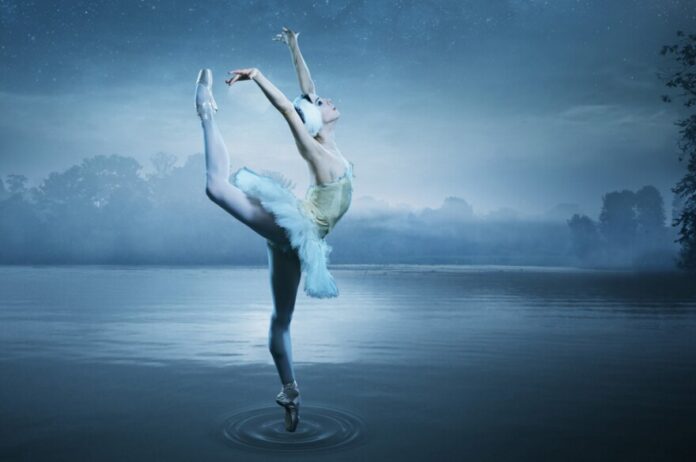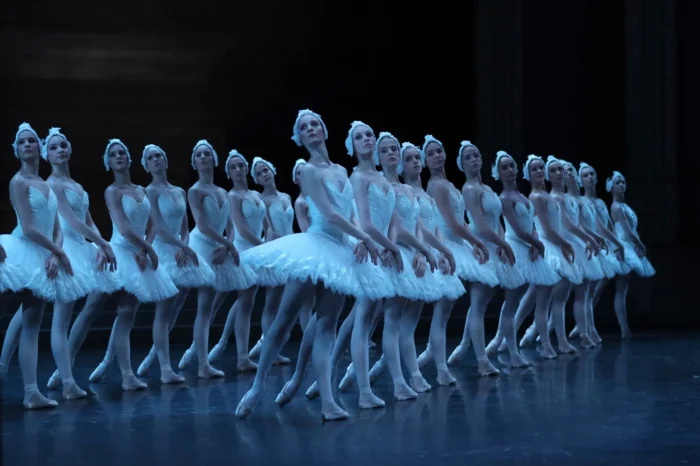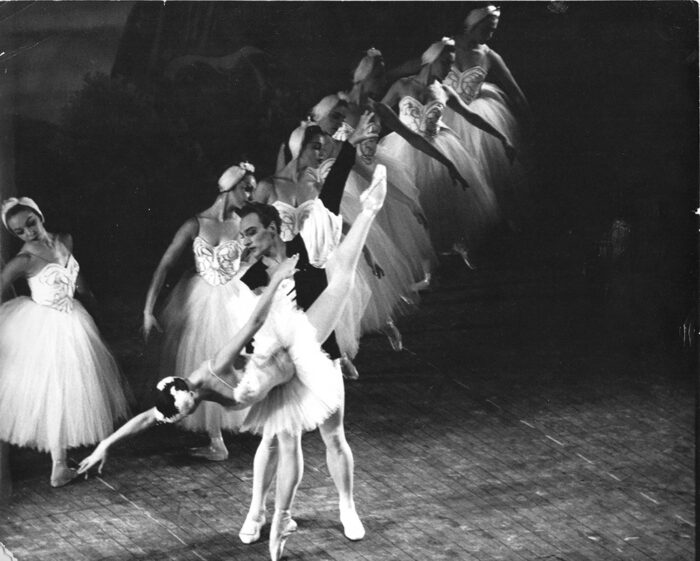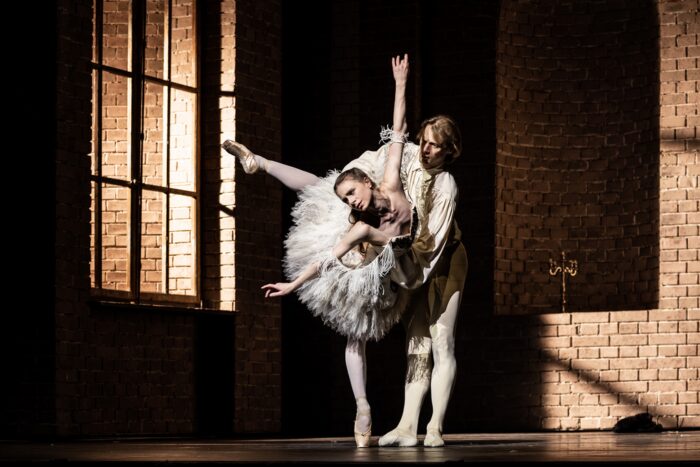
The “Swan Lake” ballet has captivated classical music audiences for more than a century. With good reason, it is recognized as a benchmark for superb art, and many famous dancers from over the world were thrilled to have the opportunity to perform in this production. P. I. Tchaikovsky and the Swan Lake ballet may legitimately be considered the crown jewels of Russian literature.
The ballet took its cues from a chivalric folktale. In this captivating and beautiful love story, the young lovers will face several obstacles and tribulations.
Why Is It So Successul?
Tchaikovsky, who passed away in 1893, was unaware of “Swan Lake’s” commercial success. The composer referred to the piece as a “humiliating fiasco” after its 1877 debut at Moscow’s Imperial Bolshoi Theater failed to generate thunderous ovation. According to legend, the initial choreographer of the ballet, Vaclav Reisinger, was so taken by Tchaikovsky’s grandiose composition that he neglected to showcase the work’s brilliance. Also, the critics characterized the dancers’ motions as “wobbly”. The ballet didn’t actually succeed until 1895, when Lev Ivanov and Marius Petipa were in charge.
1. Cosmopolitism

The range of choreography in “Swan Lake” is one of its most remarkable features. Marius Petipa was influenced by the style of the Italian Renaissance court. This ballet incorporated traditional dances from all across the world. As a result, Petipa’s choreography included moves from Poland, Hungary, Italy, Russia, and Spain. In addition, the choreographer commissioned a composition by Riccardo Drygo, which had characteristics of Spanish and Hungarian degrees, as well as Venetian dances.
2. Legendary Ballerinas
Odette is one of the most popular roles among ballerinas all over the world. The finest dancers have interpreted it throughout the course of more than a century of performances. Pierino Legnani, an Italian dancer, was one of the first to be allowed permission to fulfill this position, enthralling the audience in 1893 with 32 unexpected but flawless fouet, introducing movements that have since been integrated into the choreography. The performance of English prima ballerina Margot Fontaine in Rudolf Nureyev’s 1964 staging is what people remember most about it. Fontaine and the choreographer shared an extraordinary professional bond.
History of Creation

P.I. Tchaikovsky obtained a totally unexpected order from the imperial theatrical directorate in 1875. They offered for him to perform “Swan Lake,” however, aside from Adan, opera composers generally did not work in the ballet genre at the time. Petro Ilyich, however, decided to comply with this command and give it a shot.
Tchaikovsky immersed himself in the work with his head and approached every step very responsibly. The composer had to study all the dances, their sequence, as well as what kind of music should be written for them. He even had to thoroughly study a number of ballets in order to comprehend its composition and organization. He was finally able to start creating songs only after all of this. Regarding the music, in the ballet “Swan Lake,” two fantastic and realistic worlds are revealed, though occasionally the lines between them are blurred. Odette’s tender theme runs through the whole work as a red thread.
St. Petersburg hosted the premiere in January 1895. From this point on, the ballet gained much-deserved praise from the general audience and music reviewers, and this rendition became the standard.
Productions
In 1964, the Vienna Opera stage hosted a show that led the audience to erupt in utter joy. There were 89 “encore” requests for Margot Fonteyn and Rudolf Nureyev’s performances of Siegfried and Odette, respectively. It’s intriguing that the play’s director was Nureyev himself. In his interpretation, the prince was the center of attention.
It’s important to note that virtually every academic performance of the ballet was based on L. Ivanov and M. Petipa’s version. It is important to note the creation of V.P. Burmeister in 1953 among the succeeding works. He modified the plot somewhat and included additional characters. Also, the choreographer intended to modify the terrible conclusion and make it happy. Yet in contrast to predictions, the public took some time to warm up to this idea. It was thought that the tragic conclusion gave the entire work’s interpretation depth.
For the staging at the Hamburg Ballet, John Normeier’s work stands out among the various interpretations. Like the main character in Swan Lake, who transforms into Ludwig II, this is already an illusion. Nothing resembles the original sources -lakes and swans – in any way. All that occurs is nothing more than the main character’s deranged mind’s imagination coming to life.

Also, the performance by British choreographer Matthew Bourne, which was presented in November 1995, is regarded as a highly daring and avant-garde rendition. If at first the idea of replacing all the ballerinas with men caused public disapproval, over time, this version was a huge success. The males first fled the theater as the Swan and the Prince dance started, as Matthew Bourne himself acknowledges, but soon the audience realized what modern choreography was and how it differed from conventional ballet. The inclusion of this rendition in the UK curriculum is unexpected.
In the Australian ballet maestro Graham Murphy’s performance, Odette is a prisoner in a mental health facility, and the swans are just in her head.
The film “Masters of the Russian Ballet” by Herbert Rappoport, which featured clips from the show at the Mariinsky Theater, should be mentioned among the interpretations of the performance. It’s fascinating that the main character, dancer Myra Lester, was depicted by parts of the performance’s dances in the movie “Waterloo Bridge.” Darren Aronofsky’s psychological suspense film “Black Swan” was also influenced by this illustrious work. It depicts all the machinations that go on in the theater about the assignment of roles.
Despite the initial severe criticism, the overwhelming popularity that followed, and several alterations to the storylines and settings, one aspect of this ballet never changes: the gorgeous, entrancing music by P.I. Tchaikovsky. The fact that “Swan Lake” is regarded as the most well-known ballet in the world and a sort of standard is no coincidence. We advise you to watch “Swan Lake” straight away to take in this masterpiece.
















